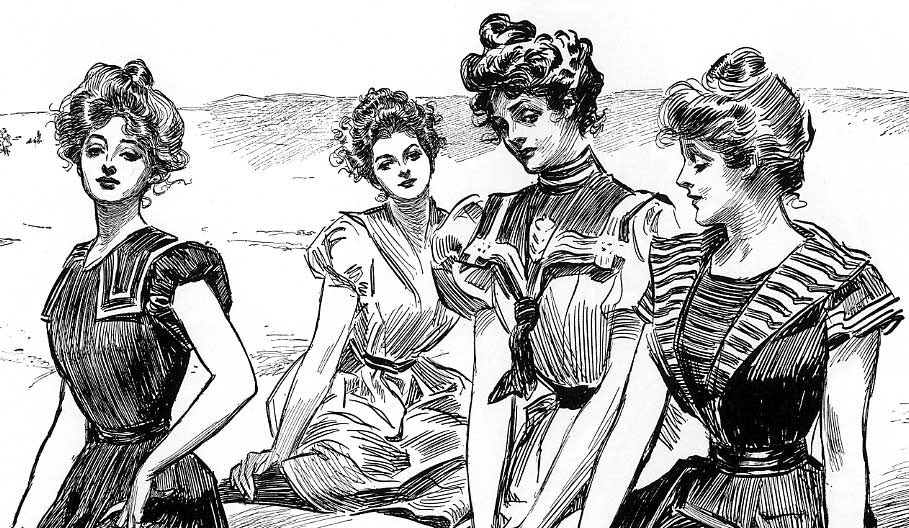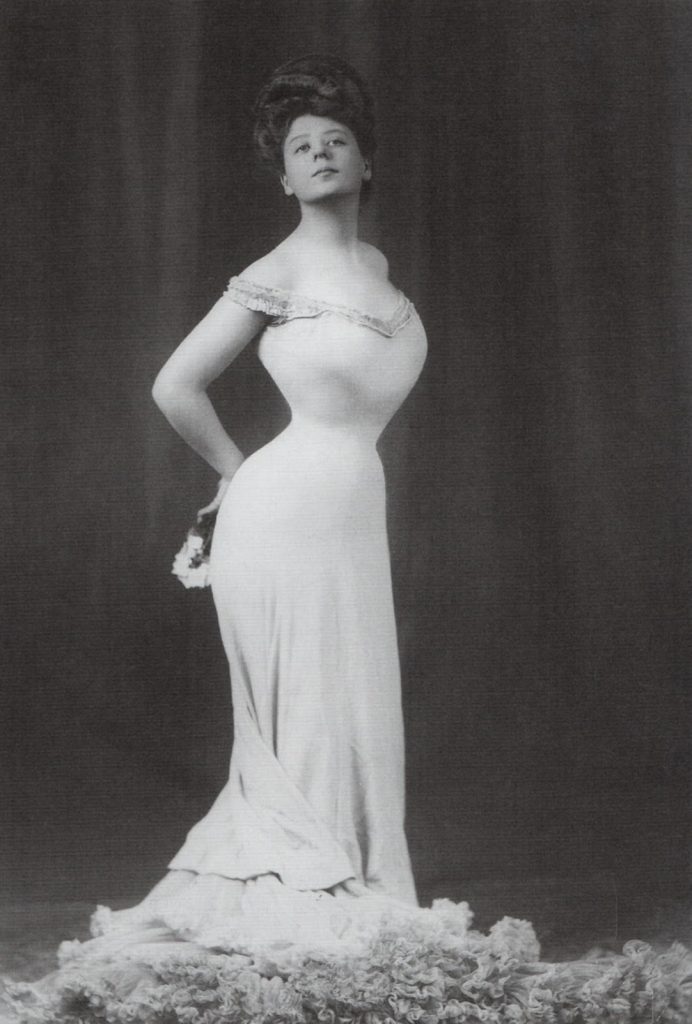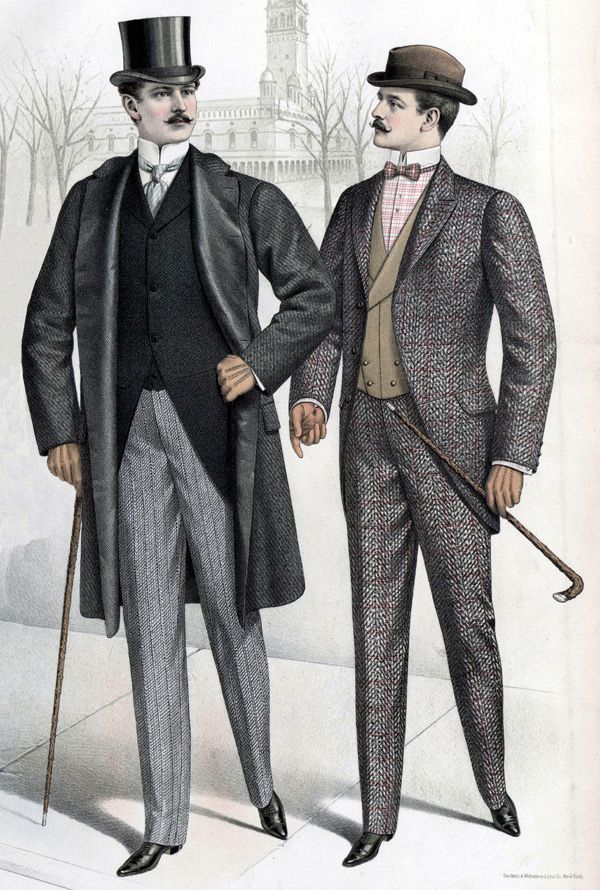Edwardian fashion basically indicates the fashion or costume styles during the time of King Edward VII which was between the late 1980s and 1914. The Edwardian Era was known for elegance and luxury among the rich. When Queen Victoria died in 1901, the Victorian fashion era came to an end and with her son Edward VII rising to the throne, the Edwardian Fashion era began. The Edwardian Fashion era is a significant part of The Belle Époque (the beautiful age), as this was a golden age for fashion and culture before World War I. British royal families were the influencers and modernizers then. Middle-class women followed the royal families and tried to imitate their fashion. So, this era added a new lavishness in Edwardian women’s fashion which was mostly inspired by King Edward’s lifestyle.
Around the late 1980s, the industrial revolution started to create new forms of technologies and to change the lifestyle of people. Sewing machines enabled the production of readymade clothes and women became able to sew their own clothes. This was an influential factor in the fashion sense of women back then.
However, the fashion for women in this time stage had some inspirations from the previous decade. The Gibson Girl was still popular at the beginning of the decade. The Gibson Girl was a fictional, unnamed character portrayed in the illustrations of Charles Dana Gibson, who created what would become the feminine ideal for 20 years.

For a large time period, the fashionable silhouette continued to be the S-curved corset. This corset forced the hips back and bust forward and mainly emphasized a “narrow-waist”. Edwardian day dresses covered the body from the neck to the floor covering arms with full sleeves and had an emphasis on “modesty”. Edwardian evening dresses followed the same pattern but these were more revealing with very low décolletage and short sleeves. Many women began to work outside who needed to wear something more hands-on and that came in the form of “tailor-made”.

In 1908, Paul Poiret introduced the straight tube sheath dress. Women abandoned the S corset for longer, straighter corsets. His Oriental style became popular after the Ballet Russes performed Scheherazade in Paris in 1910. Turbans and jeweled slippers were a feature of Orientalism and a new exotic style of dress for Edwardian women.
Edwardian Men’s clothing moved much slower than women’s fashion. Throughout the decade the most formal option for men was frock coat. The regular clothing for men back then included suits during the day, formal tailcoats for the evening and slightly more casual attire for sporting events. Neckties were useful to add some color to the dress. They used to wear hats and gloves to complement their dress. Black shoes were the most suitable, but gray, brown and tan were worn as well. By the end of the decade, men’s fashion largely looked the same as it did at the beginning.


